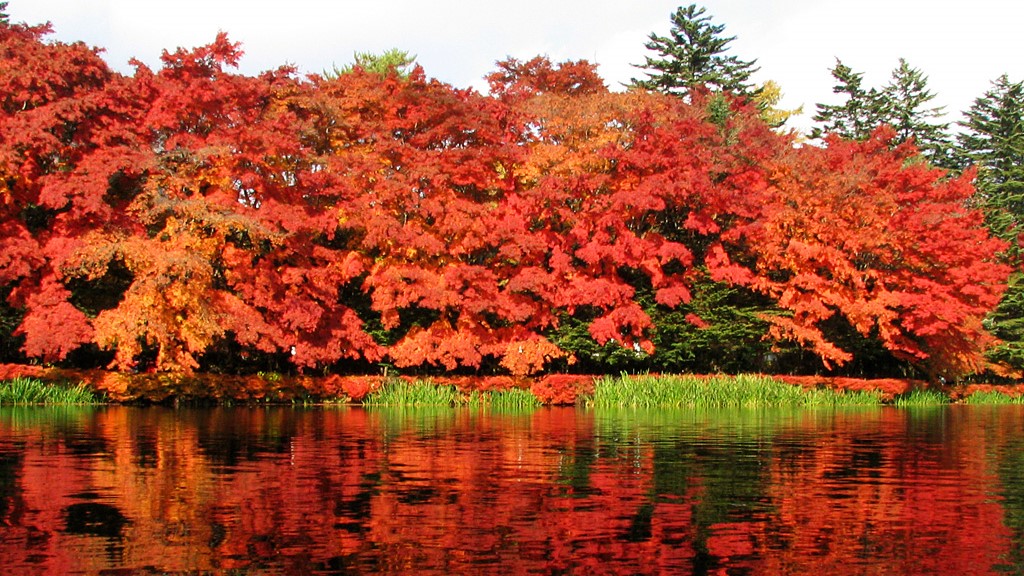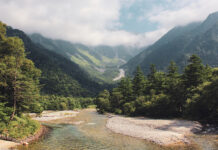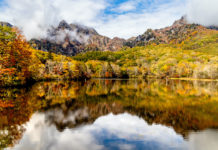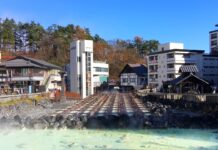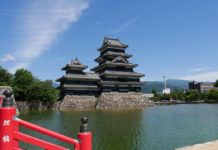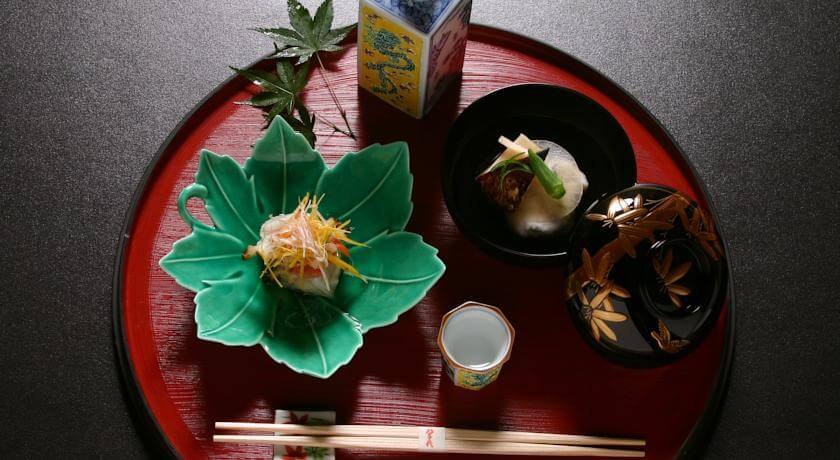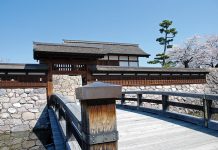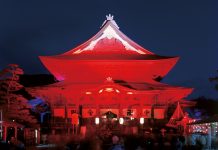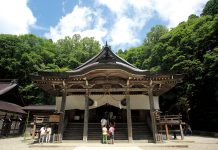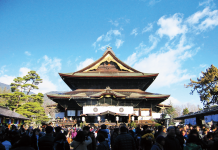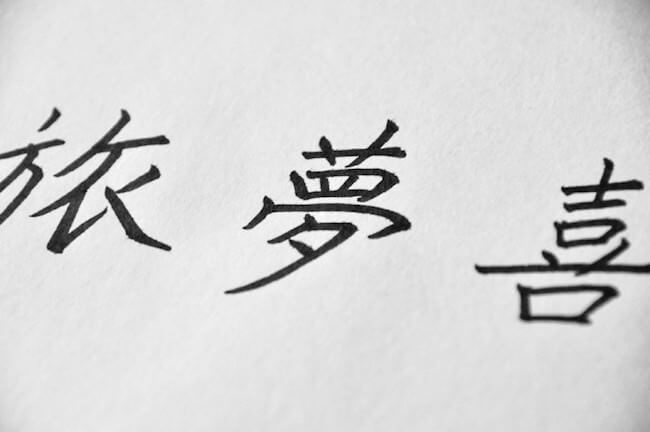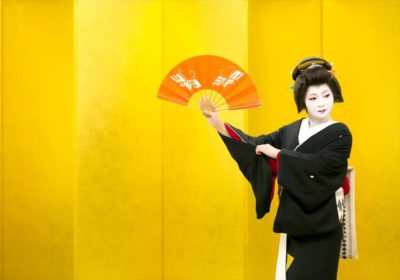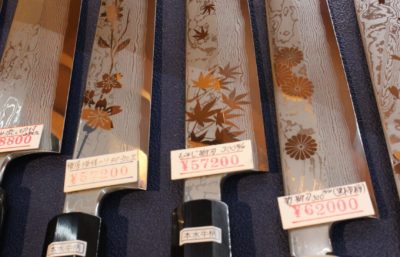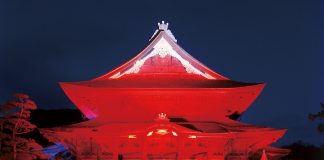
The Allure and History of Ukiyo-e: From the Edo Period to the Present
Ukiyo-e, also known as Japanese woodblock prints, became a cultural phenomenon during the Edo era (1603-1868). But now they are admired around the world and many Ukiyo-e enthusiasts spend time and money to collect as many as they can to get their hands on.
One of the passionate collectors was Mr. Sakai, the second richest merchant in Matsumoto, Nagano prefecture. His extensive collection included paintings, scrolls and art books. But among which were about 100,000 of pristine Ukiyo-e prints. Thanks to the family’s generosity, the prints have been made available to the general public and the Ukiyo-e Museum was established in 1982 in the city of Matsumoto. There, you can admire and learn everything about Ukiyo-e: from their sense of design to delicate colors, and of course, how they are made.
The Ukiyo-e Printing Process: A Collaborative Art Form
The Ukiyo-e prints are the results of a collaborative effort of three artisans; an artist, a woodblock cutter and a printer. Unlike the modern machine-made prints, these prints require several woodblocks, sometimes dozens of blocks to produce. So, let’s look at the process of making an Ukiyo-e print step by step.
 First the artist draws his picture onto a piece of paper, this is later traced to a thin and partially transparent piece of mulberry paper. The picture is then transferred to a piece of cherry wood so the outlines are visible. A carver, called a horishi, uses different tools to cut out the image from the woodblock. This takes special skill and years of training as some lines are very small and intricate. The woodblock cutter also has to make sure he does not break the piece of wood, or he has to start all over again. First, he makes one woodblock to print the outline of the picture in black.
First the artist draws his picture onto a piece of paper, this is later traced to a thin and partially transparent piece of mulberry paper. The picture is then transferred to a piece of cherry wood so the outlines are visible. A carver, called a horishi, uses different tools to cut out the image from the woodblock. This takes special skill and years of training as some lines are very small and intricate. The woodblock cutter also has to make sure he does not break the piece of wood, or he has to start all over again. First, he makes one woodblock to print the outline of the picture in black.
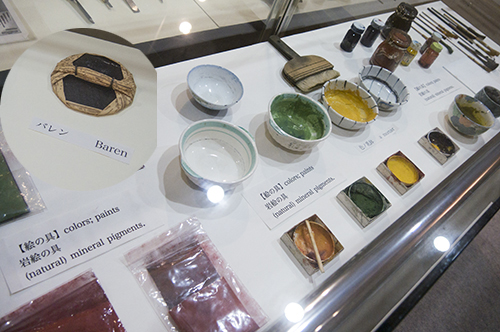 Ukiyo-e used to be full-black pictures. It is only during the early 18th century that colors were added. This made the process longer and more complicated, but the effects are stunning! Brushes to apply the ink to the woodblock are made from horsehair and smoothed using shark skin. The Baren is a unique tool specially invented for woodblock printing. It is made with thin bamboo ropes and multiple layers of papers sheathed in a bamboo leaf.
Ukiyo-e used to be full-black pictures. It is only during the early 18th century that colors were added. This made the process longer and more complicated, but the effects are stunning! Brushes to apply the ink to the woodblock are made from horsehair and smoothed using shark skin. The Baren is a unique tool specially invented for woodblock printing. It is made with thin bamboo ropes and multiple layers of papers sheathed in a bamboo leaf.
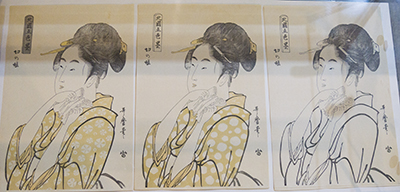
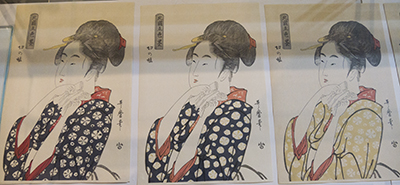
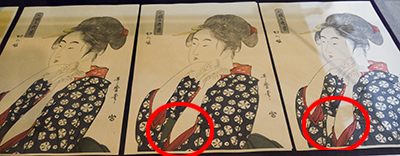

For a picture with many colors, separate woodblocks have to be made for each color used. Once the blocks were made, the printer had a lot of flexibility in changing and choosing colors. Of course the artist designed a main image with specific colors in mind, but now new colors could also be used.
The paper is aligned on the block and the printing happens color by color and block by block. The principle in Ukiyo-e is that you start from the lightest colors and finish with the darkest. However, the outline is always done first.
The print always needs to be aligned perfectly on the block and the printer has to adjust the positioning many times. If the alignment is wrong and the colors are not inside the black outline, then the print needs to be made all over again.
Using the Baren, the printer adjusts the pressure and decides just how much of the color he wants transferred. This results in a gradation effect or lighter imprints of the colors. It’s truly a craft on its own and groundbreaking prints were always collaboration between the artist and the printer.
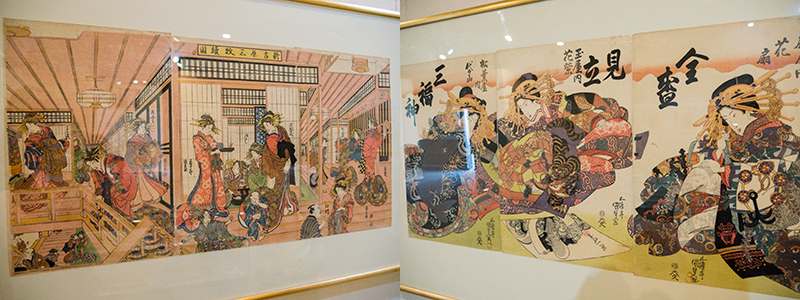
These prints were made by the hundreds and were very popular among the general populace of old Japan. Looking at Ukiyo-e prints with many colors, you can really admire the effort and craftsmanship that went into producing these pieces of art.
Exploring the Ukiyo-e Museum in Matsumoto: Discover the Craftsmanship Up Close
At the Ukiyo-e Museum in Matsumoto you can take a closer look at the process and the tools used to make Ukiyo-e. And of course, don’t forget to admire all the prints, which give you a glimpse of daily life during the Edo period.
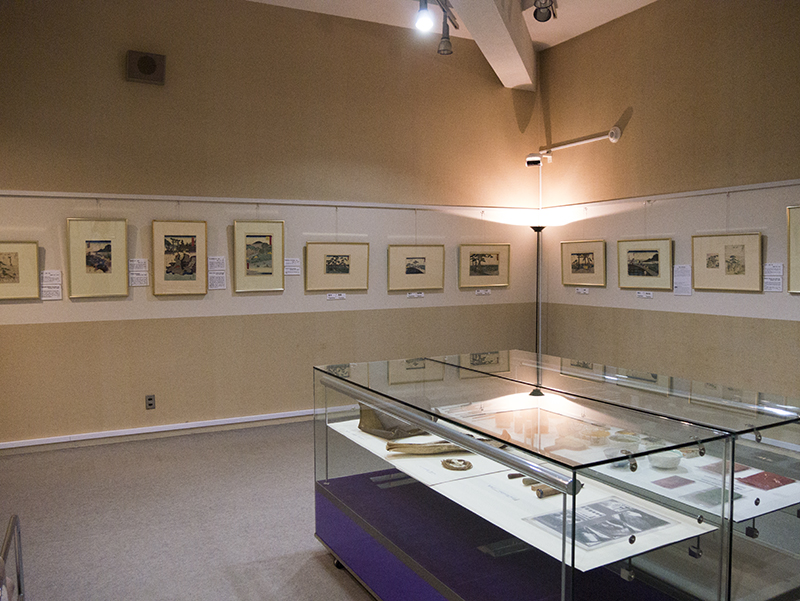
Information
Address: Shinkiri 2206-1, Shimadachi, Matsumoto, Nagano
Access: A 15-min walk from Matsumoto Railway Kamikochi line Ohniwa station or a 7-min taxi ride from Matsumoto Station (JR line)
Hours: 10am – 5pm, closed on Mondays (open on National Holiday-Mondays, closed on the following Tuesdays)
Admission: 1,000 yen (Adults) / 500 yen (Elementary School to High School students)/ Free for under 12 years old
HP: https://www.japan-ukiyoe-museum.com/
 0
0

